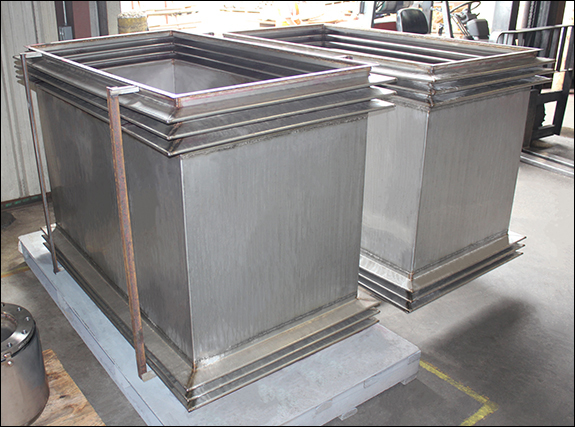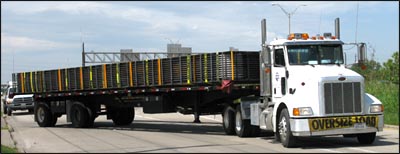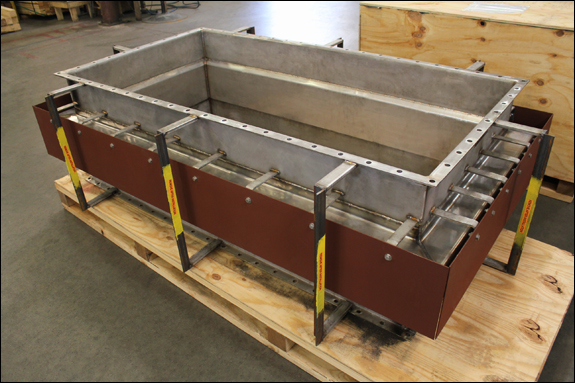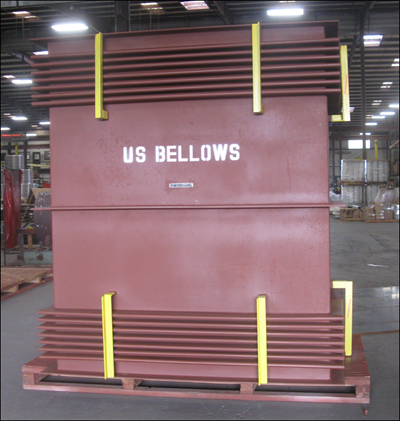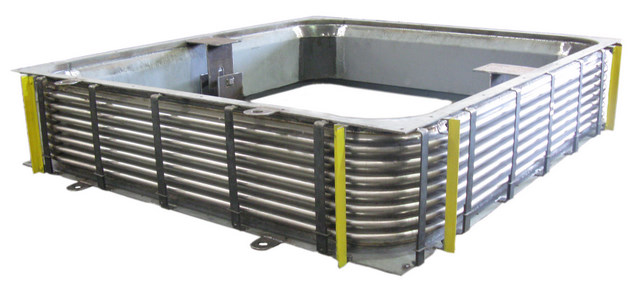Rectangular Metallic Pipe Expansion Joints
Rectangular metal pipe expansion joints have a variety of applications in the power, petrochemical, refining, chemical, and steel industries. Like circular pipe expansion joints, rectangular pipe expansion joints absorb three types of movement: axial, lateral and angular. For the purpose of designing rectangular bellows, it is critical to know in which direction the lateral and angular movements will occur, i.e. parallel to the long and/or short side of the bellows. Unlike circular bellows where the pressure stress is a circumferential membrane (hoop) stress, the rectangular bellows must be designed for longitudinal (beam) bending stresses.
Rectangular Metallic Expansion Joints Extended Description
Rectangular metal pipe expansion joints have a variety of applications in the power, petrochemical, refining, chemical, and steel industries. Since there are no standard duct sizes, and due to the wide range of pressure and temperature combinations, each rectangular metal pipe expansion joint is custom-engineered to provide the most economical design that will absorb the thermal movements of the system in which it is installed. Like circular pipe expansion joints, rectangular pipe expansion joints absorb three types of movement: axial, lateral and angular. For the purpose of designing rectangular bellows, it is critical to know in which direction the lateral and angular movements will occur, i.e. parallel to the long and/or short side of the bellows.
Unlike circular bellows where the pressure stress is a circumferential membrane (hoop) stress, the rectangular bellows must be designed for longitudinal (beam) bending stresses. Long unsupported lengths must frequently be supported to prevent excessive deflection and stresses of the bellows element. In certain applications, covers and liners can perform the function of pressure supports. Typical convolution geometry's and corner construction details are shown below. The "V" convolution profile will be supplied with single miter corners unless otherwise specified. Round corner bellows will always be constructed using the "U" convolution profile.
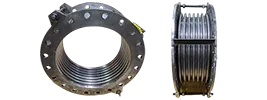
"US Bellows engineer has been really helpful in ensuring that we get this order expedited and that we make sure to iron out all the details to ensure we get the best product."
Expansion Joints Metal Bellows - March 2023
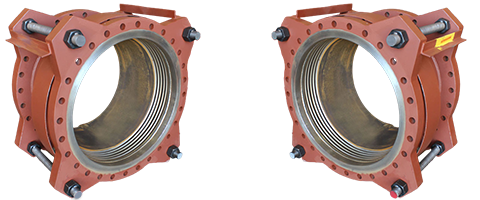
"I sincerely thank all of you for your efforts to date and encourage all of you to continue the excellent performance and commitment to the projects."
Single Expansion Joint - 2020
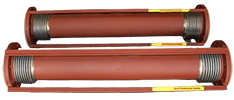
"Work is always completed when they say that it will be completed."
Expansion Joints Metal Bellows - November 2022
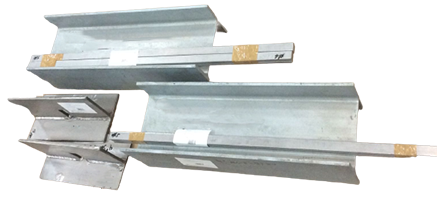
"PT&P continues to provide excellent products and a world-class customer service experience..."
Read More
Misc. Steel fabrication - February 2022
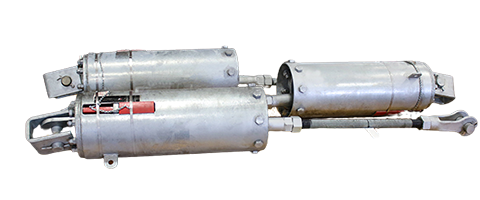
"PT&P provides excellent sales and product support. The company clearly makes an effort to be clear about design selection, order support and product delivery. Keep up the good work."
Pipe Hanger Hardware - December 2021
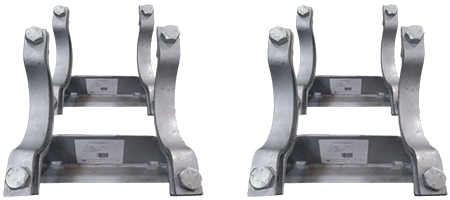
"Your engineers were a tremendous help in getting this order pushed thru for a quick turnaround to support our field needs."
Fabricated pipe shoes, guides, anchors - November 2021
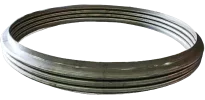
"As a Mechanical Engineer, I like the products & complimentary webinars Piping Technology & Products offers."
Expansion Joints Metal Bellows - September 2022
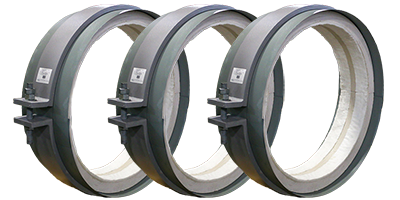
"Thank you very much for the excellent work you and your associates at PTP/USB provided on my order..."
Read More
High Temperature Insulated Supports - December 2021
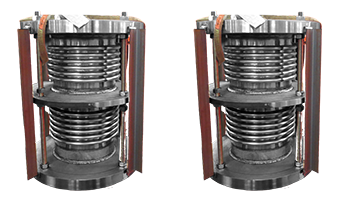
"My impression of your technical and production engagement is very positive."
Expansion Joints Metal Bellows - January 2021
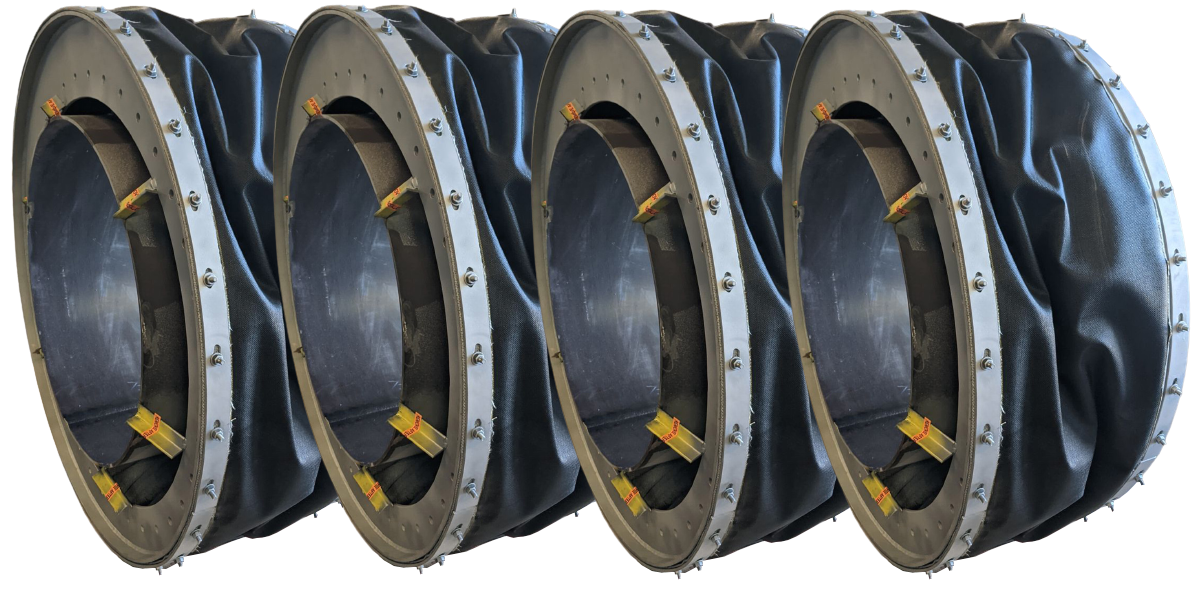
"We are pleased with the Customer Service and care we have received from our project."
Fabric Expansion Joint - November 2021
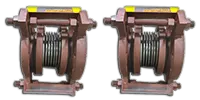
"The US Bellows team was very professional and help guide me through the process."
Expansion Joints Metal Bellows - April 2024
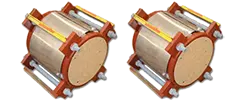
"As always, I appreciate the prompt support provided by PT&P team and I know, I can count on it every time."
Expansion Joints Metal Bellows - December 2022
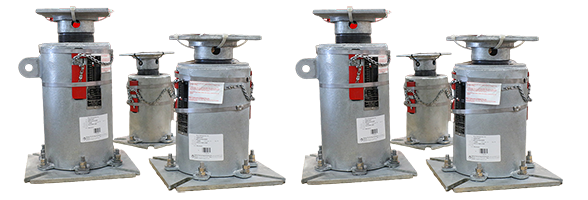
"Thank you for getting the Spring Cans to us quickly. They were actually made a couple of days ahead of projection..."
Read More
Variable Assemblies - August 2022

"Good experiences with you all on Expansion Joints in the past."
Expansion Joints Metal Bellows - October 2021
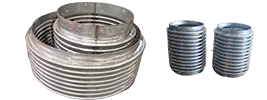
"Responsive team!"
Expansion Joints Metal Bellows - March 2023
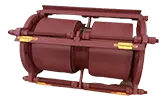
"I cannot be happier to deal with the engineers at PTP. The quote process has been extremely easy...
Read More
Expansion Joints - April 2023

"US Bellows engineer has been really helpful in ensuring that we get this order expedited and that we make sure to iron out all the details to ensure we get the best product."
Expansion Joints Metal Bellows - March 2023

"I sincerely thank all of you for your efforts to date and encourage all of you to continue the excellent performance and commitment to the projects."
Single Expansion Joint - 2020

"Work is always completed when they say that it will be completed."
Expansion Joints Metal Bellows - November 2022

"PT&P continues to provide excellent products and a world-class customer service experience..."
Read More
Misc. Steel fabrication - February 2022

"PT&P provides excellent sales and product support. The company clearly makes an effort to be clear about design selection, order support and product delivery. Keep up the good work."
Pipe Hanger Hardware - December 2021

"Your engineers were a tremendous help in getting this order pushed thru for a quick turnaround to support our field needs."
Fabricated pipe shoes, guides, anchors - November 2021

"As a Mechanical Engineer, I like the products & complimentary webinars Piping Technology & Products offers."
Expansion Joints Metal Bellows - September 2022

"Thank you very much for the excellent work you and your associates at PTP/USB provided on my order..."
Read More
High Temperature Insulated Supports - December 2021

"My impression of your technical and production engagement is very positive."
Expansion Joints Metal Bellows - January 2021

"We are pleased with the Customer Service and care we have received from our project."
Fabric Expansion Joint - November 2021

"The US Bellows team was very professional and help guide me through the process."
Expansion Joints Metal Bellows - April 2024

"As always, I appreciate the prompt support provided by PT&P team and I know, I can count on it every time."
Expansion Joints Metal Bellows - December 2022

"Thank you for getting the Spring Cans to us quickly. They were actually made a couple of days ahead of projection..."
Read More
Variable Assemblies - August 2022

"Good experiences with you all on Expansion Joints in the past."
Expansion Joints Metal Bellows - October 2021

"Responsive team!"
Expansion Joints Metal Bellows - March 2023

"I cannot be happier to deal with the engineers at PTP. The quote process has been extremely easy...
Read More
Expansion Joints - April 2023

